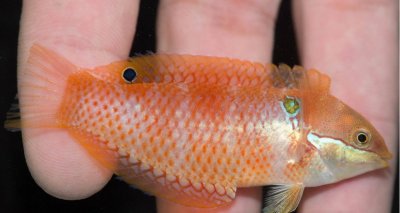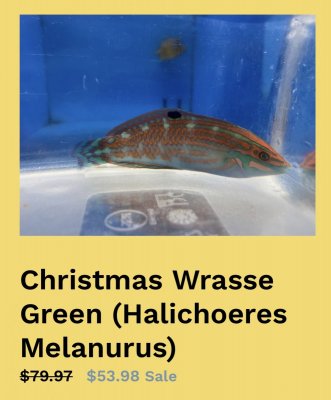- Joined
- Aug 13, 2017
- Messages
- 112
- Reaction score
- 90
This may be a very basic question, but I am trying to find H. Claudia in stock somewhere, but I am finding lots of fish that I don't think are H. Claudia. What key markers should I be looking for to decide if I am looking at H. Claudia and not some other fish?





















